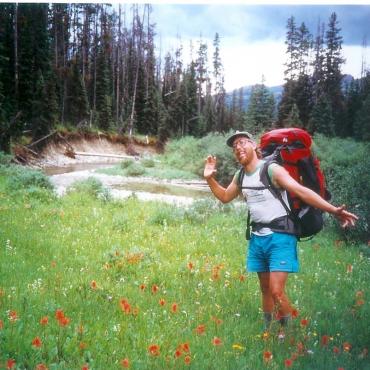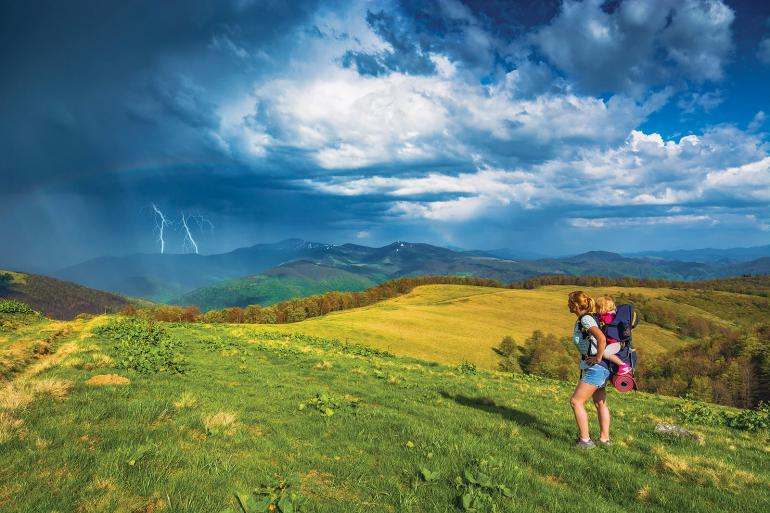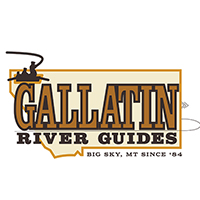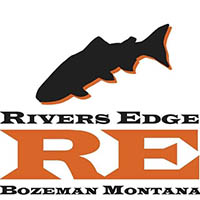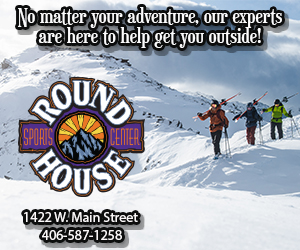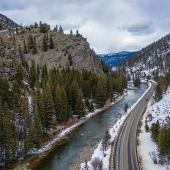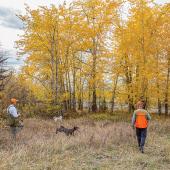Heavy Weather
Surviving storms in the backcountry.
We’ve all heard the old adage: There’s no bad weather, only bad clothing. Having experienced and survived every type of weather that Montana can dish out, I can assure you, there is bad weather and bad clothing. Montana weather can whipsaw from idyllic to deadly in minutes, and if intense storms catch you off-guard and unprepared, the price can be high. With intelligent and diligent preparation, however, you can be ready when the weather gets heavy. Here are some personal ordeals I’ve learned from.
Early summer in the high country is not summer
I joined a friend for a trek, starting on the summer solstice, and we’d skied across high passes and forested lowlands to Blue Danube Lake. Our tent was set on four feet of spring snow… and then it started to rain. The deluge continued all night as the snow melted away under our tent and all our gear got soaked. After that miserable night and the following day, I learned to check and test gear at home. Have some fun with it. Put on rain gear and hose a friend down on a warm day. Or wear it in the shower. Set up your tent, put a friend inside and run the hose over it. Look for leaks. Check the floor especially.
Close and secure the tent
On a hiking trip to climb Francs Peak in Wyoming, friends Kim, Bryce, and I were caught in a sudden, violent hailstorm in a camp at 10,500 feet. Kim got caught out and soaked. He fled to his tent, but he had left the fly open. The tent was filled with hail, including in his sleeping bag! A few hours later, we found a hypothermic Kim shivering in his tent, still soaked, with the temperature dropping. We gave him hot drinks and warm gear. It was a good reminder to think about how exposed your camp is. Look for sheltered spots behind groves of trees if you are high in the subalpine zone. Stake out or tie down your tent—and close it up whenever you leave.
Beware of open-water crossings
A fall canoe trip to Shoshone Lake in Yellowstone saw my wife, two friends, and myself paddling out through driving snow, wind, and waves across this very cold and dangerous lake. Overturning the canoe in such conditions, some distance from shore, is a possible death sentence unless you have two other boats with very experienced paddlers to rescue you. This past summer, my wife Alaina and I repeated this terrifying scenario, without the snow but with lightning and thunder, on Jackson Lake. If possible, wait out the weather in camp and cross the lake when the wind and waves subside.
Watch out for widow-makers
When setting up your tent, check the surrounding trees for possible widow-makers—hanging branches or leaning trees that could fall on your tent. One night, Alaina and were camped at a backcountry site in Yellowstone’s Bechler region. During the night, a big thunderstorm brewed up, and we heard several lodgepole pines crash to the ground. We pulled on our boots, headlamps, and rain gear and ran out into a nearby meadow where we could see any falling trees and avoid them.
Get low in thunderstorms
Lightning is a very scary and random danger, and can strike miles away from a storm. Get to a car or building as soon as possible. If neither of those are options, head for thick woods. Don’t hide under lone trees or a few trees, as these can get hit, too. Head for lower terrain, down out of the high country.
On an expedition to Gannett Peak, Wyoming’s highest, we were backpacking out of Titcomb Basin when a violent lightning storm hit. We spread out and began running downhill. We all got soaked but were fine. On the Grand Teton, the same storm caught 17 climbers on the summit, injuring many people (killing one) and requiring the most extensive rescue in the history of Grand Teton National Park.
Rain brings mud
Mountain bikes are a lot of fun until the trails turn to mud. I took my friend Rick to Buck Ridge for his first, and last, mountain-bike ride. We were maybe eight miles out from the trailhead, way up on the high ridge and digging the epic riding and the view of the Sphinx, when a storm started rolling in, fast. Already spooked by an encounter with a bull moose, we began racing back down the two-track to Rick’s truck at Doe Creek trailhead. But the thunderstorm overtook us with pouring rain, and the trail soon turned to a quagmire. Unable to ride our bikes, which were jammed up with mud, we pushed and carried them down the trail to the truck, wet and muddy but wiser once again. Rick sold his bike not long after.

